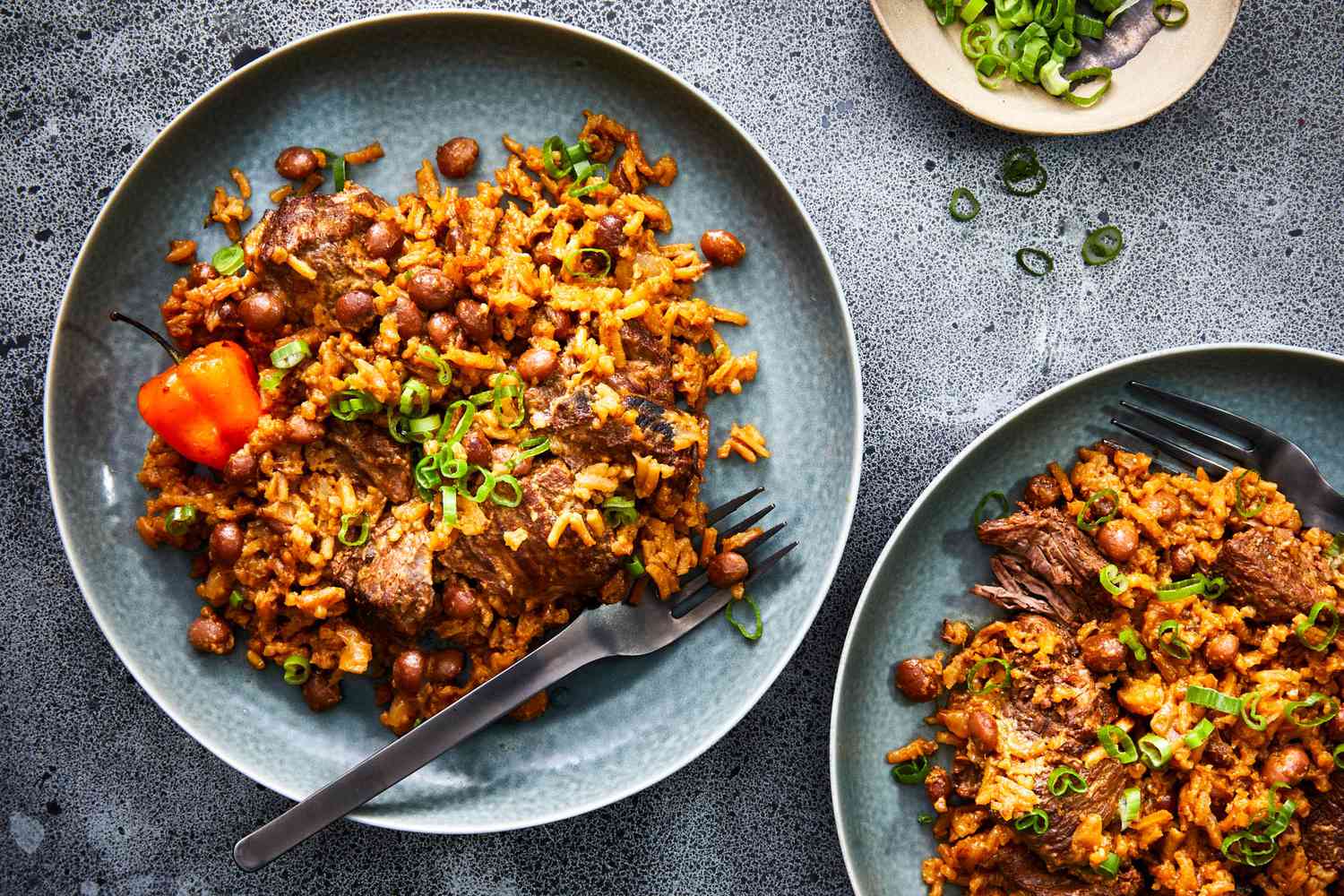Introduction: Tajik cuisine
Tajik cuisine is a flavor-packed cuisine that is highly influenced by the country’s geographical location and cultural history. It is a combination of traditional Central Asian dishes and tastes from neighboring countries such as Uzbekistan, Afghanistan, and China. Tajik cuisine is a perfect reflection of the country’s diverse culture, and it is known for its unique flavors, spices, and techniques.
Tajik cuisine mainly consists of meat dishes, dairy products, beans, and bread. The country’s harsh climate and mountainous terrain are reflected in the cuisine, which predominantly features hearty and filling dishes. Tajik cuisine is often served with tea, which is considered an integral part of the Tajik hospitality and is served to guests on arrival.
Spices in Tajik cuisine: an overview
Spices are an essential component of Tajik cuisine, and they play a crucial role in bringing out the unique flavors of the dishes. Tajik cuisine’s spice blends are diverse, and they vary depending on the region and the chef’s personal preference. Spices are used to add flavor, color, texture and preserve the food.
Tajikistan’s strategic location on the ancient Silk Road facilitated the exchange of spices and flavors, which have now become an integral part of the country’s cuisine. The spices used in Tajik dishes are often a combination of traditional Central Asian spices and ingredients such as cumin, coriander, black pepper, and garlic, among others.
Common spices used in Tajik dishes
Tajik cuisine boasts a wide range of spices that are used to add depth and complexity to the dishes. Some of the most commonly used spices in Tajik cuisine include cumin, coriander, black pepper, garlic, paprika, saffron, and turmeric. These spices are used to enhance the flavor and aroma of the dishes and give them a distinctive Tajik twist.
Cumin is a popular spice in Tajikistan and is used in many savory dishes. It has a warm, earthy flavor and is often used in spice blends. Coriander is another staple spice in Tajik cuisine and is used to add a citrusy and slightly sweet flavor to dishes. Black pepper is used for its pungent, spicy flavor, while garlic is used for its aromatic and pungent flavor.
Spiciness in Tajik dishes: a regional perspective
Tajik cuisine’s spiciness level varies from region to region. In the northern regions of Tajikistan, dishes tend to be less spicy and milder in flavor. In contrast, dishes from the southern regions are known for their spiciness and bold flavors. The spiciness level of a dish is often influenced by the region’s climate, soil, and local produce.
For example, the Pamir region is known for its cold and harsh climate and has limited access to fresh produce. Therefore, dishes in this region are often milder in flavor and less spicy. In contrast, dishes from the Khatlon region, which has a hot and dry climate, tend to be spicier and more flavorful.
Factors that influence spiciness level in Tajik dishes
Several factors influence the spiciness level in Tajik dishes. The type of spice used, the quantity of the spice added, and the cooking method all play a role in determining the spiciness level. Additionally, the region’s climate, soil, and local produce also influence the spiciness level.
The chef’s personal preference and skill also play a crucial role in determining the spiciness level of a dish. Some chefs prefer to use a higher quantity of spices, resulting in a spicier dish, while others opt for milder dishes. Therefore, the spiciness level in Tajik dishes can vary depending on multiple factors.
Conclusion: Tajik cuisine’s spicy reputation
Tajik cuisine is a flavorful and diverse cuisine that is renowned for its unique combination of spices and flavors. While some dishes are spicy, others are milder and more flavorful. Tajik cuisine’s spiciness level varies depending on the region, chef’s preference, and several other factors.
Tajik cuisine’s spicy reputation is well-deserved, and it is an integral part of the country’s culinary heritage. Whether you’re a spice lover or prefer milder flavors, Tajik cuisine has something to offer for everyone.










